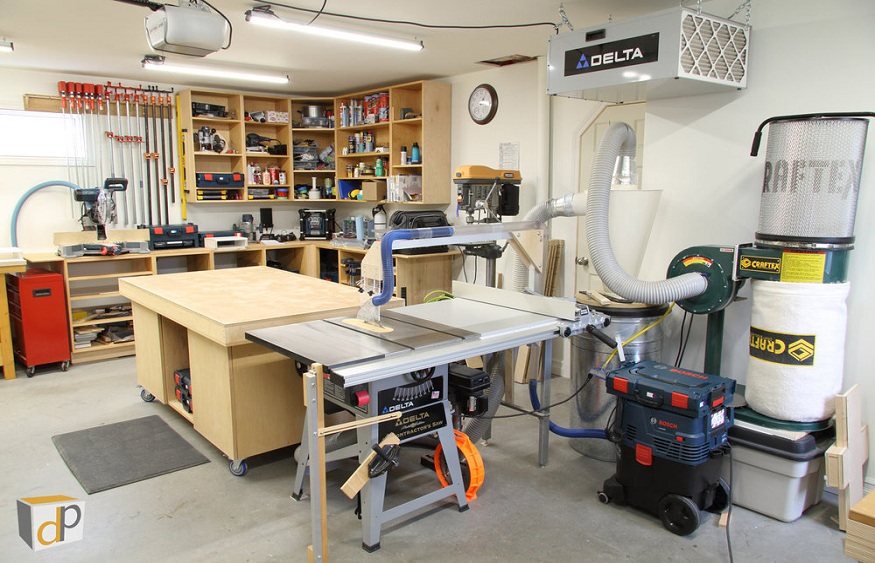Silica dust is classified as an occupational hazard. Dust particles can cause serious and sometimes fatal lung diseases like silicosis if they are inhaled for a long time. That is why employers must take precautions and protect their workers from exposure to harmful particles. One of the best ways to do this is by implementing an effective dust collector in the work environment. Such a system is effective in reducing dust levels and improving air quality. However, before you acquire one, there are several factors you should consider, such as your needs, the type and volume of dust, and the size of your facility. Other factors include:
The type of process
The process you use in your industry will determine the type and volume of dust generated. This will, in turn, affect the kind of dust collector you acquire. For example, drilling and cutting processes produce large and heavy particles. These particles require a dust collector that can separate the dust particles from the air. An industrial cyclone dust collector would be the ideal fit. On the other hand, sanding and gridding processes produce fine dust particles. Such particles require a high-efficiency dust collector. In this case, you would need a baghouse or cartridge collector. However, in some cases, your dust control may require a combination of different dust collectors. This is because your processes may produce both fine and large particles. In such a case, one type of collector may not be fully effective.
The cost
Secondly, you will need to consider the cost of the dust collector. There are different types, sizes, and brands available in the market. Each has its unique features and benefits. As you purchase, remember that the collector is an investment that will serve you in the long run. There are also additional costs to consider for machine parts maintenance and replacement. For the latter, consider a collector with readily available spare parts. You also should view the building material; go for high resistance and durable materials that won’t break down quickly. While a high-quality system may be costly, it will save you money with reduced maintenance costs and an extended lifespan.
Noise level
Besides dust pollution, there’s also the danger of noise pollution that can negatively impact your employees. This noise can be generated by the machines being used; in other cases, your dust collector may be equally noisy. This can lead to hearing damage, communication difficulties, and decreased productivity. It is essential to consider the noise levels of the dust collector you are choosing. If it produces noise levels of up to 100 decibels, such a system will do more harm than good. Choose a system with noise-reducing features, such as insulated enclosures. Sound insulation materials can help lower noise levels by absorbing sound waves and preventing them from bouncing back into the workspace.
Implementing a dust collector in your workplace is vital. It will help provide a cleaner and safer working environment for your employee. However, it is necessary to consider factors such as noise level, cost, type of processes, and type and volume of dust generated. This helps you decide which dust collector is ideal for your facility.





